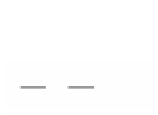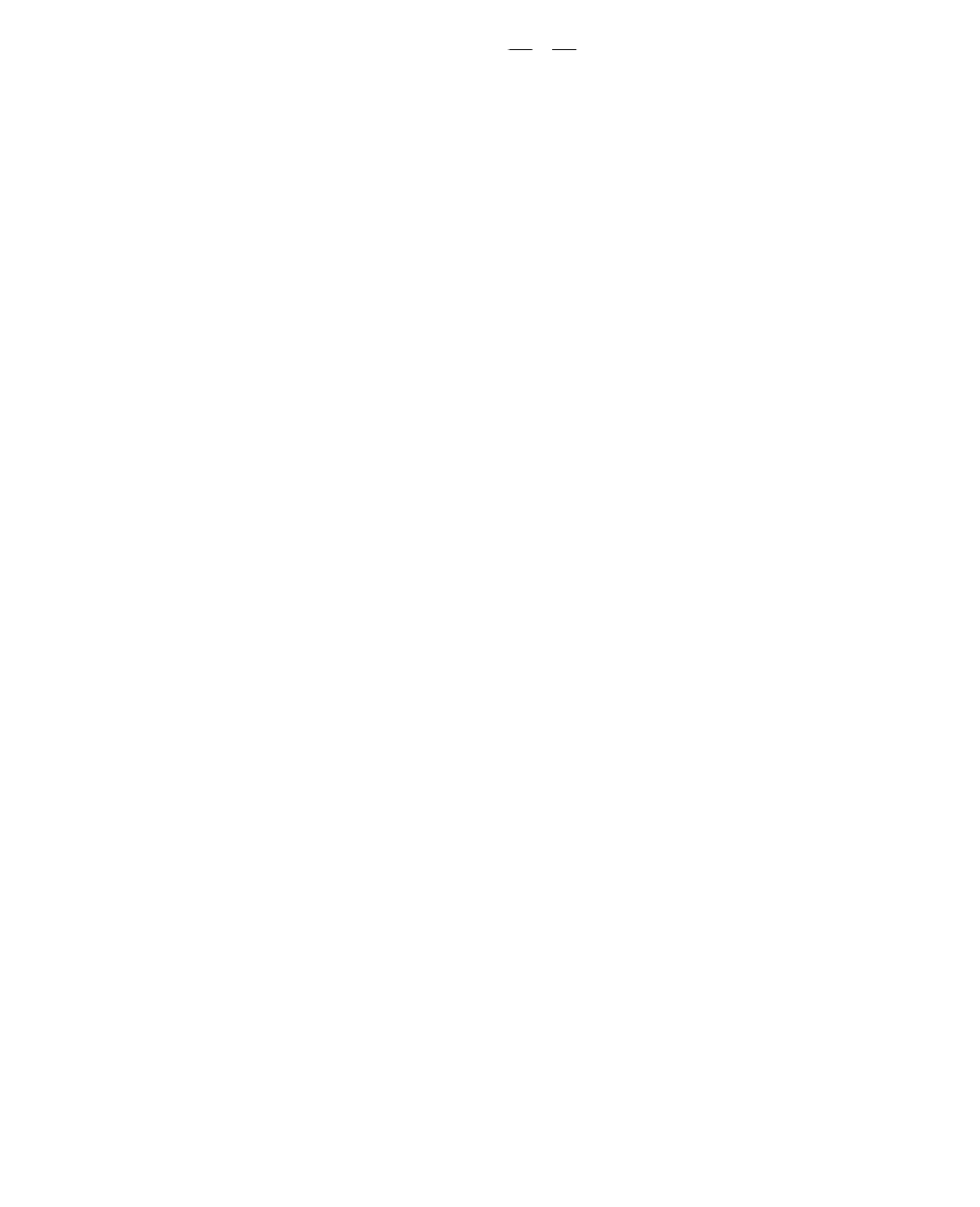Graphics Reference
In-Depth Information
2
2
x
a
y
b
(8) Elliptic or hyperbolic cylinder:
±=
1
2
2
2
2
x
a
y
b
(9) Empty set:
-- =
1
2
2
2
2
x
a
y
b
(10) Line:
+=
0
2
2
2
2
x
a
y
b
(11) Two intersecting planes:
-=
0
2
2
2
x
a
(12) Parabolic cylinder:
=
b , where b
y
π
0
2
x
2
= a
2
(13) One or two parallel planes:
x
2
=-a
2
, where a π 0
(14) Empty set:
Proof.
See [Divi75] for more details.
Figure 3.28 shows a few of the types of solutions to equation (3.69). Most of the
solutions are nice quadratic surfaces, but some solutions are degenerate.
Definition.
The coordinate planes of a quadric in its natural coordinate system
that are planes of symmetry for the quadric are called the
principal planes
of the
quadric.
Ellipsoids and hyperboloids of one or two sheets have three principal planes. The
elliptic paraboloid has two. Below are some geometric properties of quadrics. See
[HilC99].
(1) A quadric and a plane always intersect in a conic curve.
(2) If a = b for the surfaces (1)-(3), (6), the elliptic paraboloid in (7), and the ellip-
tic cylinder in (8) of Theorem 3.7.1, then we get surfaces of revolution. For example,
the ellipsoid is then just an ellipse revolved about its major or minor axis. The hyper-
boloid of two sheets is obtained by revolving a hyperbola about its axis. The hyper-
boloid of one sheet is obtained by revolving a hyperbola about the perpendicular
bisector of the segment between its two foci. This type of surface can also be obtained
by rotating a line skew with the axis of revolution about that axis. The general case
of the just mentioned surfaces where a π b is gotten by starting with a surface of rev-
olution of that type, fixing a plane through its axis, and pulling all the points of the
surface away from that plane in such a way that the distances of the points from the
plane change by a fixed ratio.
(3) The elliptic, hyperbolic, and parabolic cylinders, the hyperboloid of one sheet,
and the hyperbolic paraboloid are ruled surfaces in that they are swept out by a family
of straight lines. (See Chapter 9 for more on ruled surfaces.) The last two are doubly
ruled surfaces, that is, they are swept out by two distinct families of straight lines.
(4) There is a string construction for the ellipsoid. We use an ellipse and hyper-
bola in orthogonal planes, where the foci
F
1
and
F
2
of the ellipse are the vertices of
the hyperbola and the foci of the hyperbola are the vertices
V
1
and
V
2
of the ellipse.
See Figure 3.29. Tie a string to one of the vertices of the ellipse, say
V
1
. Now loop the






